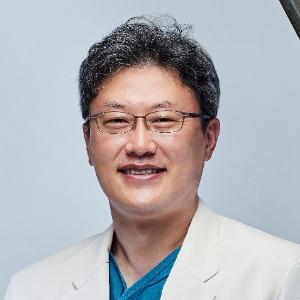Title : Conversion to hemiarthroplasty as a salvage treatment for failed reverse total shoulder arthroplasty and severe glenoid bone deficiency
Abstract:
Aim
Hemiarthroplasty may offer a cost-effective alternative that avoids the complications unique to reverse total shoulder arthroplasty in cases of cuff tear arthropathy and severe glenoid bone deficiency.
Background
Surgical treatment of failed reverse total shoulder arthroplasty and other shoulder conditions with severe glenoid bone deficiency is extremely challenging. Glenoid bone loss and rotator cuff dysfunction is a complex surgical combination that has no reliable or satisfactory method of treatment. In some cases, resection arthroplasty, glenohumeral arthrodesis, or revision to hemiarthroplasty remain options. We hypothesized that the revision to hemiarthroplasty might be a valuable fallback option with sufficient pain reduction.
Methods
The review comprised 16 patients who underwent hemiarthroplasty between May 2010 and June 2020 for revision of a failed reverse total shoulder arthroplasty(four patients with glenoid loosening and two with instability) and for salvage of severe glenoid bone loss(two patients with infection). All patients had insufficient bone stock for reimplantation of reverse total shoulder arthroplasty. Patient-reported outcomes and pre and postoperative radiographic results were collected with minimum 2-year follow-up(range, 18~72 months) and analyzed retrospectively.
Results
The average follow-up time was 45.1 months, and the mean age at follow-up was 69 years. The range of motion did not improve postoperatively (average forward elevation of 41.5 degrees and average external rotation near zero), but the pain level improved. The mean VAS score improved from 8.2 to 2.1 postoperatively. The American Shoulder and Elbow Surgeons (ASES) score(from 34.6 to 71.3) and Simple Shoulder Test(SST) score(from 2.4 to 6.3) improved compared with preoperative scores. Postoperative anterosuperior escape was present in four patients.
Conclusion
Conversion to hemiarthroplasty in cases that revision to another reverse total shoulder arthroplasty is impossible can be a valid fallback option to reduce the patient's pain levels and provide low-level function. Furthermore, hemiarthroplasty might be used for severe glenoid erosion as a useful tool in the revision and salvage setting.



